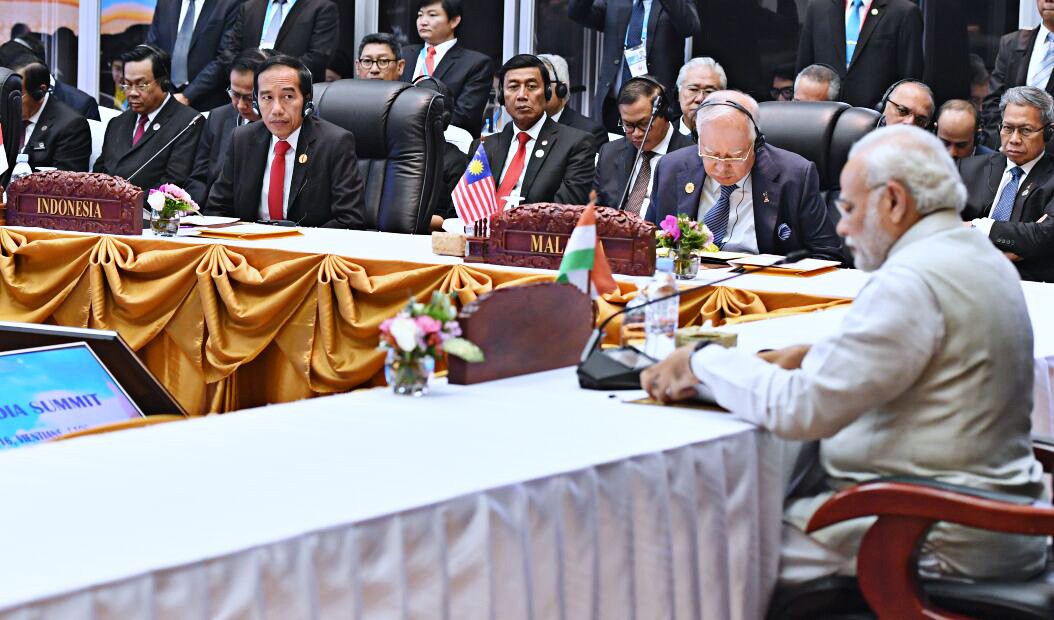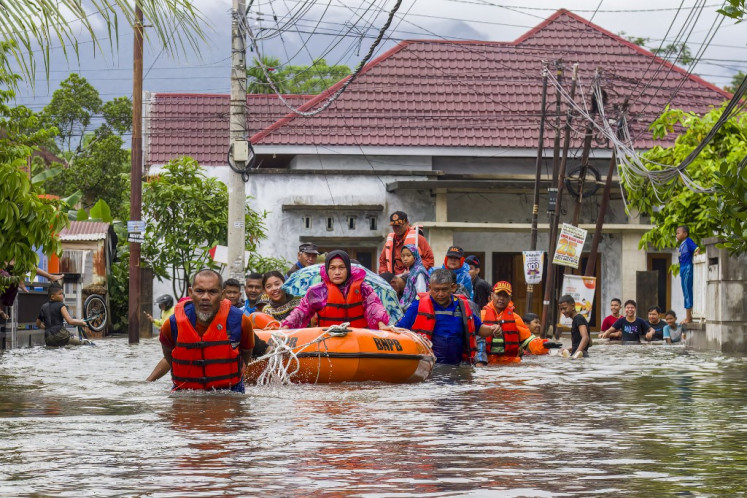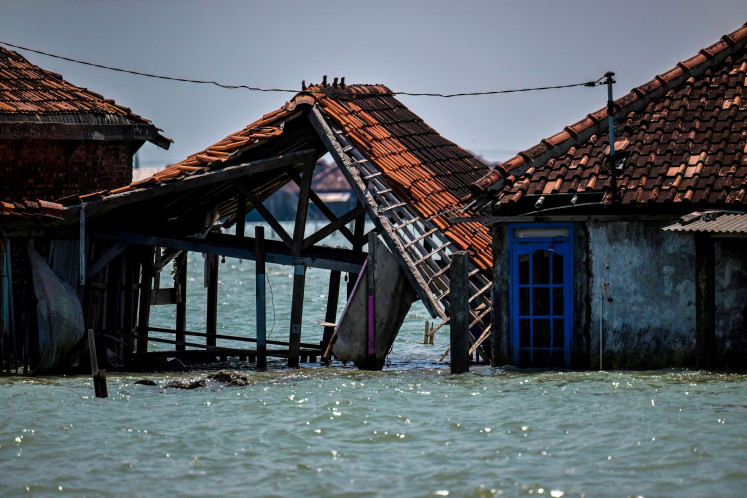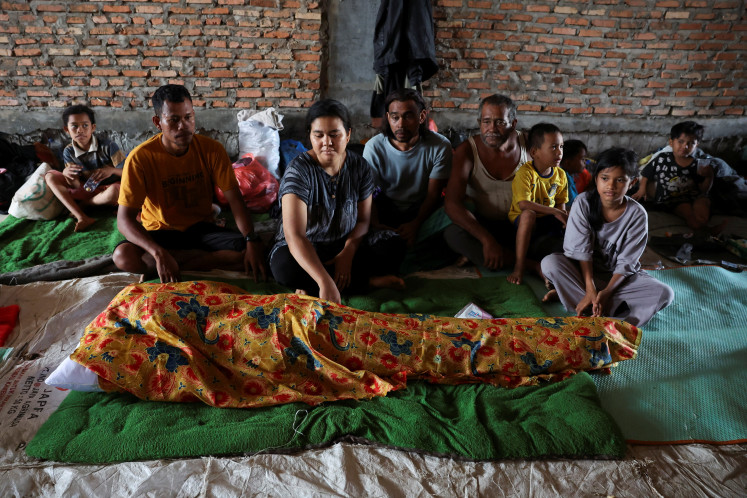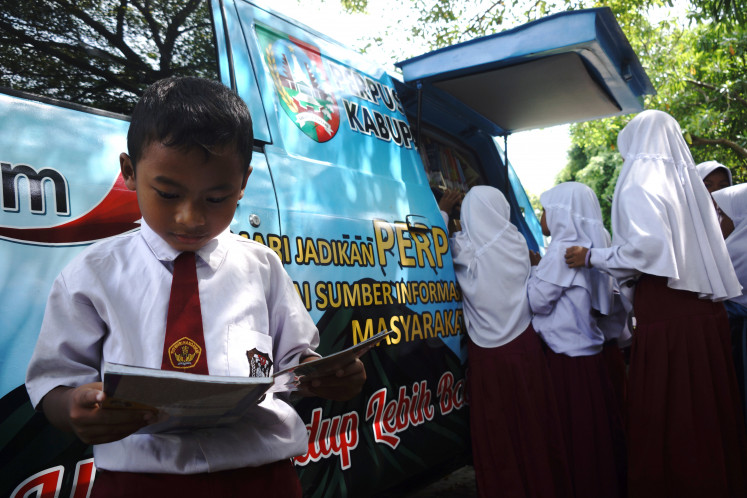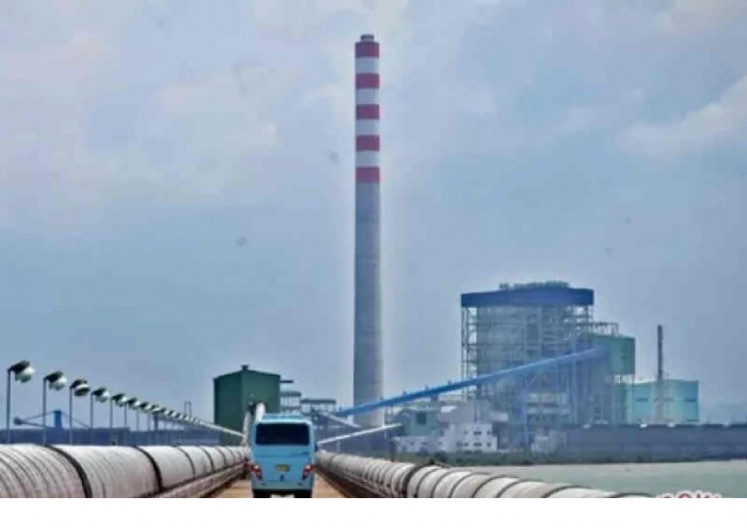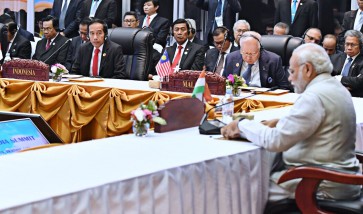Popular Reads
Top Results
Can't find what you're looking for?
View all search resultsPopular Reads
Top Results
Can't find what you're looking for?
View all search resultsChina, the push factor for ASEAN-India relations?
New Delhi is looking to capitalize on its “Act East” policy, while ASEAN capitals, especially Jakarta, start to place more prominence on the “Indo-Pacific” as a regional concept.
Change text size
Gift Premium Articles
to Anyone
T
oday, President Joko “Jokowi” Widodo, together with the other nine leaders of ASEAN, will attend India’s Republic Day ceremony in New Delhi. This historic moment — which will also see India’s Prime Minister Narenda Modi host a special ASEAN-India Commemorative Summit in conjunction with 25 years of dialogue partnership — comes at an opportune time.
For one thing, New Delhi is looking to capitalize on its “Act East” policy, while ASEAN capitals, especially Jakarta, start to place more prominence on the “Indo-Pacific” as a regional concept. There is no doubt that in the coming days we will hear much about the importance that both ASEAN and India place on their relationship.
Prime Minister Modi will likely build on the commitments of his predecessors, who first laid the foundation for the “Look East” policy in the early 1990s. Then-Indian prime minister Manmohan Singh once declared, “India’s engagement with […] ASEAN is at the heart of our ‘Look East’ policy,” and it was Modi that took the decision to upgrade the policy to Act East in 2014.
Mention will also likely be made of the shared heritage of civilization, culture and interaction that stretches over two millennia between India and ASEAN countries. It was French historian George Coedès who famously referred to the great Southeast Asian kingdoms, such as the Srivijaya and Majapahit empires, as the “Indianized states.” Indeed, many scholars at the time described Southeast Asia as “Farther India,” as if it were merely an extension of the subcontinent. One only needs to look at the many historic Hindu and Buddhist temples that can be found across the region, such as Indonesia’s Borobudur and Prambanan, Cambodia’s Angkor Wat and Laos’ Wat Phu.
In the area of economy, ASEAN-India trade stood at US$70 billion in 2016-2017, an increase of $5 billion from the previous year. As a result, ASEAN is India’s fourth-largest trading partner, whilst India is ASEAN’s eighth-largest trading partner. As a party to the ASEAN-led Regional Comprehensive Economic Partnership (RCEP) currently under negotiations, the total trade between the two sides is expected to further improve.
A recent report by the Centre for Economics and Business Research predicted that India would be the world’s third-largest economy in 2032, and Indonesia — the largest economy in ASEAN — being in 10th place.
Despite the above, there are a few concerns regarding the ASEAN-India relationship that call into question the Act East policy and force us to examine if we are really looking in the same direction. For example, the deadline for concluding negotiations for the RCEP has been pushed back for the third time, with India’s resistance often cited as one of the key stumbling blocks.

